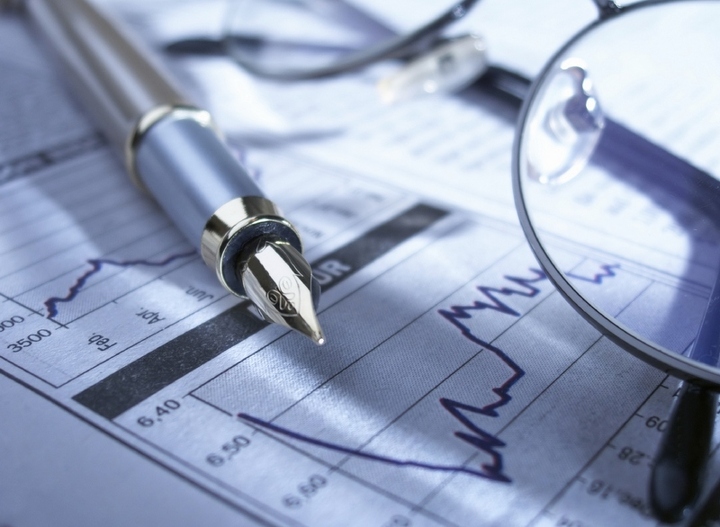Investments in education increased 36.9 percent to 2.8 billion tenge (US$7.41 million) in January. Their share of total investments in equity was 0.4 percent. In 2018, against the general background of a decrease in state budget expenditures, investments in education also decreased 22.7 percent year on year and totalled to 204.9 billion tenge (US$542.01 million). This was the first decline in the last five years. The funding of advanced training and retraining for schools decreased as well: 53 billion tenge (US$140.19 million) was spent on the construction of new schools and another 33 billion tenge (US$87.29 million) spent on training gifted children. In the next five years, Kazakh President Nursultan Nazarbayev has called for spending on education and healthcare to be increased from 7.4 percent to 10 percent of gross domestic product.
In February, the subsistence minimum in Kazakhstan was calculated to be 27,100 tenge or US$71.70, an increase of 4.2 percent year on year, while prices for goods and services increased 4.8 percent year on year, reports finprom.kz. The highest subsistence minimum, 33,400 tenge or (US$88.40), at 23.3 percent more than then national average, was established in the oil-rich Mangystau region. Bigger cities followed, with Astana’s subsistence minimum set at 30,800 tenge or US$81.50 and Almaty’s at 30,200 tenge or US$79.90, 13.5 percent and 11.4 percent higher than the average, respectively. The lowest subsistence minimum is in the Pavlodar region, which at 23,900 tenge (US$63.20), is 11.7 percent less than the national average.
Output of nonferrous metals increased 25.2 percent and reached 107 billion tenge (US$283.04 million) in January as compared to the same period last year. This is the maximum rate in recent years. In 2018, the production volume totalled 85.5 billion tenge (US$226.17 million), with an annual growth of 33.2 percent. In the 12 months of 2018, copper ore production reached 103.2 million tonnes, which is 8.2 percent more than in the same period in 2017. The main consumers of Kazakh copper are the countries of Asia and the Commonwealth of Independent States (CIS). Total exports of refined copper and unprocessed copper alloys amounted to $2.4 billion in 2018. One of the bigger companies that extracts and processes copper is KAZ Minerals, which produced 294,700 tonnes in 2018, 14 percent more than in 2017. In 2018, the company’s net income reached $510 million, an increase of 14.1 percent year on year.
Kazakh florists collected 2.2 percent fewer flowers in 2018 as compared to the previous year. The gross yield was 23.8 million flowers. The main reason is the decline in the share of individual entrepreneurs, peasant and private farms from 5.3 percent to 1.6 percent over the year, reports energyprom.kz. Despite, the lower yields, the country’s biggest flower supplying regions collected more flowers than in 2017. The Pavlodar region, for example, collected 7.6 million flowers, a 22.4 percent increase; the Akmola region collected 7.1 million flowers, a 16 percent increase. The biggest greenhouse complexes are Green House KZ in Pavlodar, the Kunarly greenhouse in Akmola and Ecoculture in Almaty. Agricultural enterprises supplied approximately 68 percent of the total, while households supplied 30.4 percent.
The number of new small companies in the information technologies field is growing every year. By the end of January, their number reached almost 1,365, which is 3.6 percent more than a year earlier. The number of operating IT companies in the small business sector grew by 21.2 percent over 2018. The most popular IT start-ups in the Astana Hub are the Clockster group (a biometric time tracking system project), naimi.kz (a free service for finding specialists) and Kompra (a service that instantly provides information on the reliability of counterparties for 40 legal and financial indicators). This year, the technology park plans to attract 4.8 billion tenge (US$12.69 million), said Minister of Information and Public Development Dauren Abayev.


